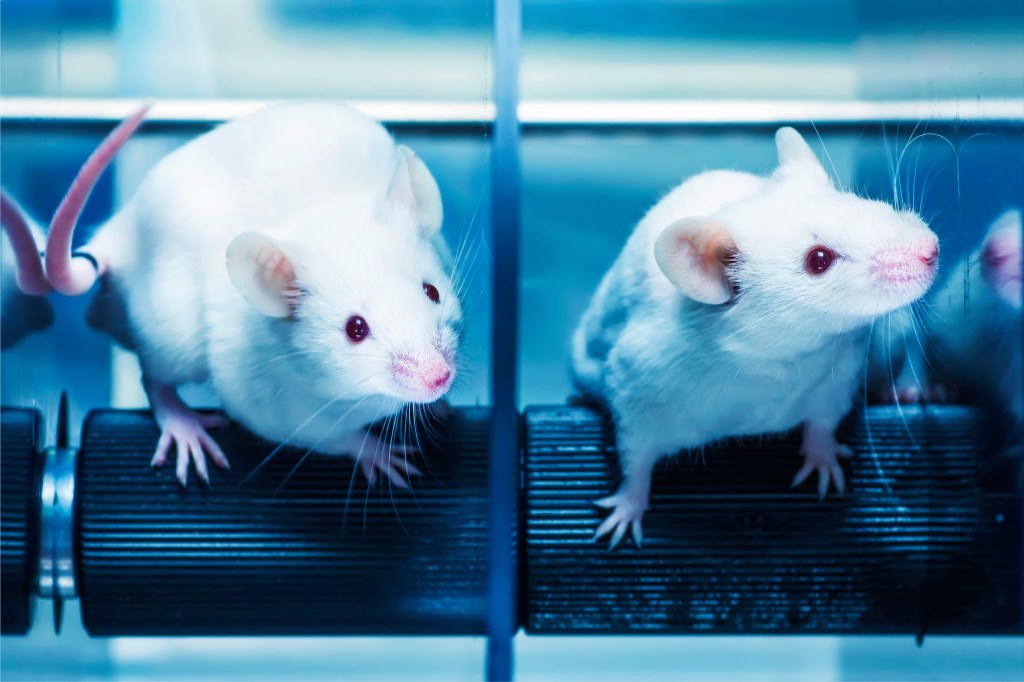Caution, ozepic.
Stanford medical scientists have discovered a molecule that naturally occurs that rival the effects of loss of GLP-1 weight based on semaglutides on animal effects.
“Nothing we have tested before has compared Semaglutide’s ability to reduce appetite and body weight,” said Dr. Katrin Svensson, senior author of research and a Professor of Pathology at Stanford. “We’re too eager to find out if it’s safe and effective in people.”

The crisis of America’s waist line
Obesity in the US is at a high time, with the place it leads among high -income nations.
There were 172 million stupid and overweight adults over 25 in 2021 – a figure expected to climb 214 million by 2050. The outlook for children and adolescents is just as gloomy.
Obesity is a major risk factor for a variety of health problems, including heart disease, diabetes, high blood pressure, liver disease, sleep apnea and certain cancers. However, even modest weight loss can help prevent or improve these issues.
Originally developed to treat type 2 diabetes, semaglutide has quickly become a solution for those seeking to reduce. In 2023 alone, a 5 million Americans were prescribed the drug, with nearly 40% of them using it for weight management, according to Penn Medicine.
While clinical evidence suggests that semaglutide can help users lose 10% to 15% of their body weight, not all smooth navigation. Common side effects include nausea, diarrhea and vomiting. More serious issues such as pancreatitis, kidney problems and visual impairment have been reported.
Add personality changes, erectile dysfunction and the famous Ozempica butt and breasts, and it is clear that this wonder of weight loss does not come without its risks.
New developments
Here is the good news: a natural alternative to semaglutide can be on the horizon.
A team of researchers from Stanford Medicine developed an artificial intelligence program to avoid thousands of proteins and point hormones affecting energy metabolism. The algorithm led them to a small molecule, 12-amino acids nicknamed BRP.

“Semaglutide -targeted receptors are found in the brain, but also in the intestine, pancreas and other tissues. That is why ozepic has widespread effects, including slowing down food through the digestive tract and lowering blood sugar levels,” Svenson said.
“In contrast, the BRP seems to act specifically on the hypothalamus, which controls appetite and metabolism.”
When the researchers injected the lean male mice with BRP, it reduced the food to 50% within just one hour. The same effects were seen on minipigs, the metabolism and whose eating habits are more similar to humans.
In a 14-day judgment with thick mice, BRP injections led to an average fat loss of 3 grams, while control rats gained weight.
The treated mice also showed the improvement of glucose and insulin tolerance, with no significant changes in water intake, fecal production or anxiety behavior that suggested any side effects.
Svenson hopes to move forward with the human clinical rehearsals for BRP, and it is established a company to help try. Researchers are also looking at how to expand the effects of the molecule, making it more suitable for dosage if it turns out effective in regulating the weight of the human body.
#Natural #alternative #ozepic #mice #eat
Image Source : nypost.com